The congestion of ports is slowly dissolving and the cost of sea freight is falling. This is fueling hopes in German industry that the supply situation will soon return to normal. Freight costs have been one of the big drivers of inflation in recent months. These costs have dropped by more than 80 percent in a short period of time and are approaching pre-Corona levels. This partly explains the unexpected decline in industry selling prices in October.
Many companies now face a previously almost unknown problem: countless “half-finished” products must be processed for sale. That’s easier said than done. The production process is clearly designed. Everything that has guaranteed efficiency up to now must now be changed or possibly even creatively destroyed until production can be steered back into normal channels.
More performance through flexible automation
Anyone who has ever had logistics responsibility in a company that manufactures consumer goods knows what breaking optimal processes means. Masters of creative destruction are the modern shippers. If a return rate of five percent used to cause the system to collapse, 85 to 90 percent is now completely normal in this industry. Those who built that system didn’t let the experiences of the old industry deter them and created something completely new. At the same time, the information systems were brought to a completely new level. And instead of rigid, very expensive automation, a lot of things were raised to a level of performance never seen before with cobots and flexible automation.
This has resulted in the new benchmarks for logistics systems. Where does your logistics stand in comparison to these high-performance systems? How far along are you in terms of data analytics? Artificial intelligence also helps to break up the congestion in the supply chain. And later, of course, in avoiding such congestion.



 Deutsch
Deutsch